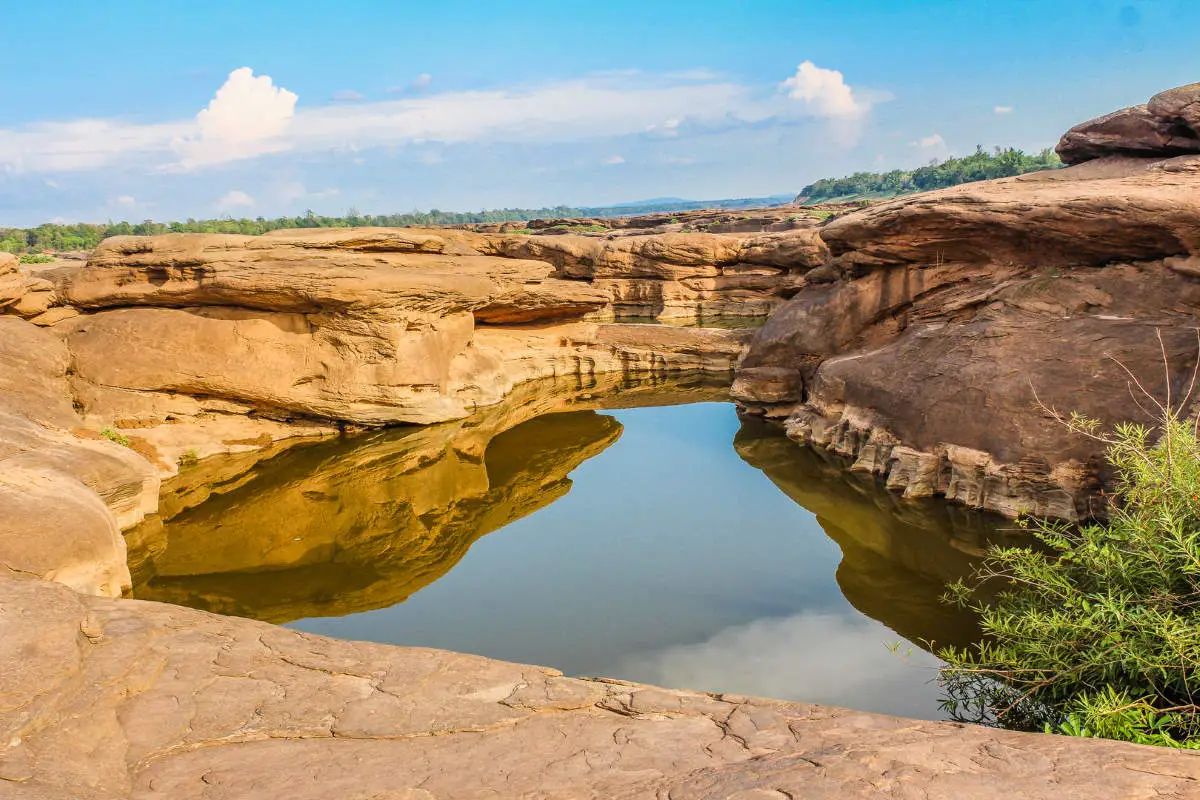Soil covers all of the earth, and it’s more than just rocks and plant matter. These layers of soil are teeming with biodiversity and living organisms. Your food largely depends on the soil where it is grown. If there isn’t enough of one nutrient or the soil’s structure is failing, then the amount of food you have to choose from will decrease.
Natural ecosystems often have some of the best soil. With a proper variety of plant and animal species, our soil can constantly regenerate and produce enough microbes and nutrients to support all that lives on it.
Yet, as the earth’s population began to grow exponentially, the demand for food increased. As a result, industrial-sized farms were born. This transition affected soil health, structure, and integrity in more ways than one. Much of the land used for agriculture has eroded due to tillage and the addition of herbicides and pesticides. Some have been sounding the alarm about Earth’s dwindling farmable topsoil for years.
While agriculture has done its fair share of damage to the soil, natural occurrences cause the soil to erode as well, like heavy winds, herds of animals, and storms. Whether it’s human behavior or nature, the effects of soil erosion on our environment are numerous.
Soil Erosion Degrades the Land
Probably the most noticeable effect of soil erosion is land degradation. As erosion wears down the soil and the land, its ability to support plant life decreases. Around the globe, soil erosion is happening at a faster rate than it can regenerate.
When land degrades, it destroys habitats and decreases the amount of land available for agricultural needs or the needs of wildlife.

It Accelerates Climate Change
Because of land degradation, the soil cannot support plant life. Plants need healthy, nutrient-filled soil to grow and produce. If the ground isn’t able to support vegetation, you won’t be able to grow food.
Besides that, with fewer plants available to sequester carbon dioxide from the atmosphere, the rate of climate change increases. More and more carbon dioxide is left in the atmosphere, which is causing damage to the environment. It increases the earth’s average temperature and alters precipitation, both of which can further advance desertification.
It Causes Natural Disasters
After years of wear and tear on the soil, it is no longer stable enough to hold water after heavy rains. Deadly flooding occurs in regions where the ground isn’t porous enough to hold any water from heavy rainfall or storm. These floods can be hazardous.
Soil erosion also causes mudslides. Mudslides occur when soil, sand, silt, or other materials quickly run over the sides of hills or cliffs. They can end up on roadways or cause damage to structures. Like floods, mudslides are also life-threatening, as they will wipe away anything in their path.
Soil Erosion Blocks and Clogs Waterways
When soil erodes, it can end up almost anywhere the elements take it. Wind may carry it miles across the land, and if a flood were to occur, the soil could end up in larger bodies of water.
As soil piles up in lakes, ponds, streams, or rivers, it can dam up the body of water or clog it, making it overflow. Oftentimes, if a body of water is filled with sediment, it needs to be removed through a process called dredging because excessive sediment can harm the environment.
The soil that ends up in waterways could contain harmful fertilizers, as well. This can affect the water’s nutrients and cause it to unbalance.
It Harms Wildlife
Soil erosion can harm wildlife. Since erosion depletes the soil of nutrients and the soil’s overall integrity worsens, it cannot support plant life. Therefore, wildlife could experience times when they cannot find food since plants cannot grow.
Additionally, as previously mentioned, sediment from erosion can end up in waterways. If it’s carrying fertilizers or pesticides, it may kill aquatic life. Extreme soil erosion can lead to deforestation and desertification, wiping out habitats for animals.
Help Combat Soil Erosion to Support the Environment
Though much of soil erosion is a result of farming and natural processes, you can help combat soil erosion. If you garden as a hobby, avoid using fertilizers or pesticides that can strip the land or be eroded away by wind or water. You can also plant a variety of plants – the more diverse your yard, the stronger and more nutritious the soil will be.
The best thing you can do is be an advocate for the environment. Educate people you know about the effects of soil erosion on our environment to help combat it.
- 9 Myths and Facts About Environmental Toxins - January 4, 2023
- Top 6 Deadliest Hurricanes ever recorded - November 7, 2022
- Are All-Electric Homes Feasible in the Near Future? - September 25, 2022
